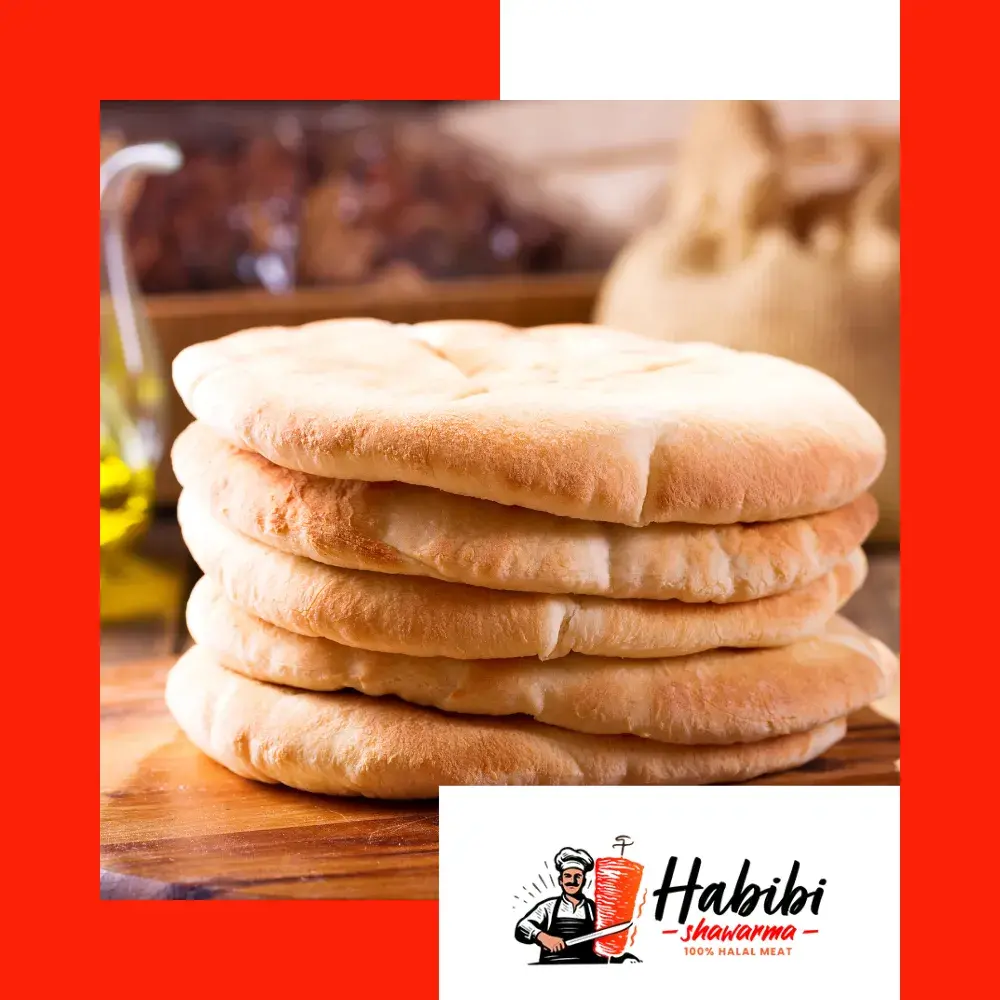Ancient Origins of a Timeless Bread
Pita bread, a beloved staple in Middle Eastern cuisine, has a long history that stretches back to ancient civilizations. Evidence of early flatbreads, resembling modern pita, can be traced to the Fertile Crescent, where grains like wheat and barley were first cultivated. These early breads were cooked over open flames or in simple clay ovens, giving rise to the versatile, pocketed pita that we know today. As societies evolved, so did their bread-making techniques, and pita became a cherished part of daily meals.
Crafting the Perfect Pita: Tradition Meets Innovation
The journey from ancient to modern pita bread has been shaped by centuries of innovation and adaptation. Originally baked in small communal ovens, pita was designed to be simple yet functional. Its defining pocket was created when the dough puffed up during baking, allowing it to be filled with a variety of ingredients. Over time, pita baking evolved with the introduction of more sophisticated ovens and baking methods, allowing the bread to be produced more efficiently while still preserving its traditional taste and texture.
Pita Bread in Middle Eastern Culture
Throughout the Middle East, pita bread holds a special place in both everyday life and festive occasions. It’s not just a food; it’s a symbol of hospitality, sustenance, and cultural identity. Whether used to scoop up mezze, wrap shawarma, or accompany a family dinner, pita bread is an essential part of the culinary experience. Each region in the Middle East has its own twist on the recipe, but the essence of pita remains the same—a soft, warm bread that brings people together around the table.
Pita Bread’s Role in Modern Kitchens
In today’s kitchens, pita bread continues to enjoy widespread popularity, not only in its native regions but across the world. Its versatility and health benefits have made it a go-to choice for everything from sandwiches to pizza bases. Many modern cooks are experimenting with whole wheat and gluten-free variations, keeping the traditional essence of pita alive while adapting it to modern dietary trends. With its ability to complement both traditional and contemporary dishes, pita bread remains a favorite among home cooks and chefs alike.
The journey of pita bread from ancient times to modern kitchens reflects its enduring appeal and adaptability. As more people around the world embrace the flavors of the Middle East, pita continues to play a starring role, bringing the rich history and vibrant culture of the region to dining tables everywhere.
Learn More
Exploring the Ancient Roots of Pita Bread: A Culinary Journey Through History
Unveiling the History: How Pita Bread Became a Staple in Middle Eastern Cuisine

